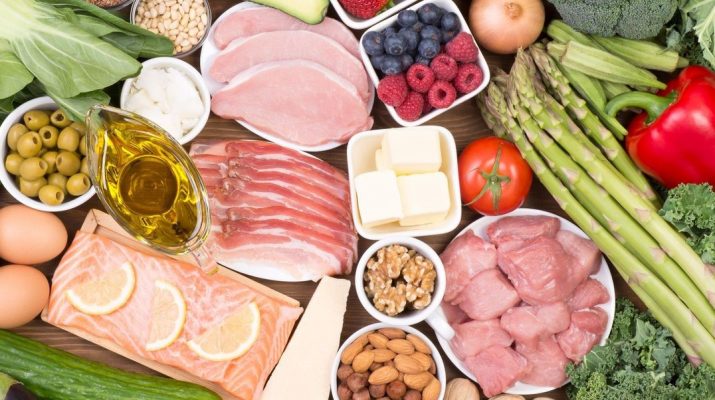Understanding Keto Diet
The Keto diet is famous for its very low-carb and high-fat eating style and it frequently includes foods like cheese and bacon. It encourages dieters to modify how they train their metabolism. However, going beyond nutrition labels is necessary if dieters want to achieve the metabolic state known as ketosis, in which fat rather than carbohydrates is the primary source of daily energy. Readers will need to understand the science behind achieving ketosis to maintain it.
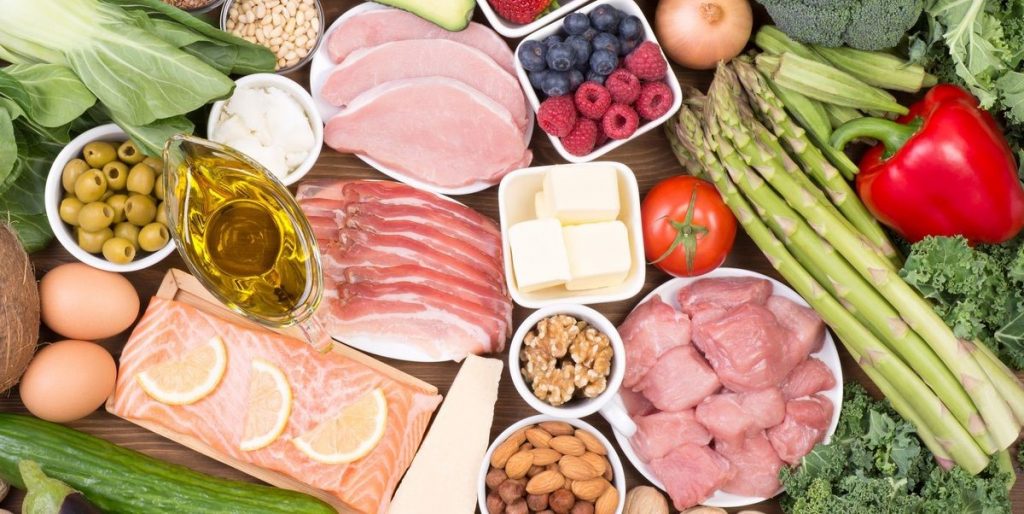
Importance of Nutrition for Keto Diet
The keto diet is based on the idea that limiting carbohydrates will cause the body to burn fat for fuel in place of carbohydrates. The keto diet limits daily carbohydrate intake to a maximum of 50 grams to accomplish this. The body must use ketone bodies as an alternate energy source after 3 – 4 days of consuming so little carbohydrates; at this point, dieters are in a state of ketosis and are burning fat for fuel instead of glucose.
Using percentages to calculate the daily intake of macronutrients is another technique to stick to a keto meal plan. 70% of the calories on a typical ketogenic diet will come from fat, 20% from protein, and only 10% from carbohydrates. To begin, figure out how many calories are needed each day. From there, one may calculate how much protein, fat, and carbs are required to eat to enter ketosis with the percentages above.
The majority of carbohydrates like grain products and grains, starchy vegetables, fruit, beans and legumes, potatoes, candies, sugary beverages, and sweets should be avoided to stick to the ketogenic diet. Choose full-fat dairy products, fish and shellfish, chicken, meat, eggs, plant-based oils, low-carb vegetables, nuts and seeds, olives, butter, avocado, and peanut butter as an alternative.
NOTE: Not everyone should follow a ketogenic diet. Before beginning the keto diet, people with a history of disordered eating or those who have an illness that impacts their liver, pancreas, gallbladder, or thyroid must consult a doctor.
Foods to avoid, when on the Keto Diet:

This list is rather comprehensive and possibly contains some of the favorite foods: All of the following are banned: rice, bread, fruit, pasta, potatoes, corn, baked goods, beans, sweets, juice, and (most!) alcohol. Basically, dieters have to stay away from most carbs and sweets. Oatmeal is a whole grain that doesn’t even qualify!
- Nearly all Fruits: Bananas, apples, grapes, oranges, peaches, watermelon, pineapple, melon, pears, cherries, limes, lemons, plums, grapefruits, mango, and much.
- Starches: No bread bagels, pasta, cereal, corn, rice, crackers, oatmeal, popcorn, pizza, muesli, granola, flour. There are a few workarounds that people can enjoy, like the faux tortilla wraps made with cheese.
- Most Grains: Rice, wheat, oats, rye, quinoa, corn, millet, barley, amaranth, bulgur, sprouted grains, and buckwheat.
- Real Sugar and Sweeteners: Honey, cane sugar, agave nectar, maple syrup, aspartame, Splenda, corn syrup, and saccharin. Dieters will have to adjust to sugar alternatives, like natural alternatives like monk fruit sweeteners.
- Legumes: Kidney beans, black beans, navy beans, pinto beans, peas, soybeans, lentils, and chickpeas.
- Selected Cooking Oils: Grapeseed oil, canola oil, soybean oil, sesame oil, peanut oil, and sunflower oil.
- Low-Fat Dairy: One must substitute higher-fat alternatives for items like skim mozzarella, skim milk, low-fat cheese, fat-free yogurt, and cream cheese.
- Alcohol: Cider, beer, sweetened alcoholic drinks, and sweet wines. If you’re going to spend money on wine, make sure it’s as dry as possible; the entire bottle must contain less than 10g of sugar.
- Sweet Treats: Chocolate, candy, buns, cakes, tarts, pastries, ice cream, pies, pudding, cookies, and custard. Dieters can buy sugar-free desserts like keto-friendly ice cream, which won’t raise blood sugar levels after just one serving.
- Bottled Condiments: BBQ sauce, ketchup, some salad dressings, tomato sauce, and hot sauces that have added sugar.
A Few Tips to Follow the Keto Diet
The fundamental objective of a ketogenic diet is to consume little carbohydrates and give preference to fats. It’s crucial to consume enough protein without going overboard to maintain muscular mass. Naturally, not all fats are made equal. To promote heart and brain health, it’s best to pick less processed fats whether one is eating keto or not. Olive oil, for instance, has less omega-6 fats as compared to canola oil. To maintain the body’s health, one naturally needs certain omega-6 fats, but too much might cause inflammation. Dieters can eat butter on the ketogenic diet, especially grass-fed butter is usually higher in nutrients like omega-3 fatty acids and linoleic acid.
Nowadays, it’s simple to find delectable alternatives to the conventional starchy items one must avoid if they follow a ketogenic diet. For instance, people can substitute pasta or shirataki noodles produced from veggies for wheat spaghetti. There are many grain-free, mixed-nut granolas that are keto-friendly that may be substituted for sugary cereals.
Dieters must also cut back on their alcohol consumption since it can prevent them from going into ketosis as alcohol is burned as fuel prior to fat. Additionally, most alcoholic beverages—beer excluded—contain sugar. Furthermore, dieters will have to take efforts to stay hydrated since the early phase of the keto eating plan will lead the body to lose water weight. To help with digestion, satiety, and general well-being, drink enough water during the day. One of your favorite water bottles should always be close at hand.
7 Day Meal Plan – Keto Diet
The majority of people may sustain ketosis with up to 50g of total carbs per day. This example keto diet plan will demonstrate how to eat healthfully with this keto while still taking pleasure in a variety of appetizing foods. It holds an average of 20.5 g net carbs per day.
Keto Diet – Day 1
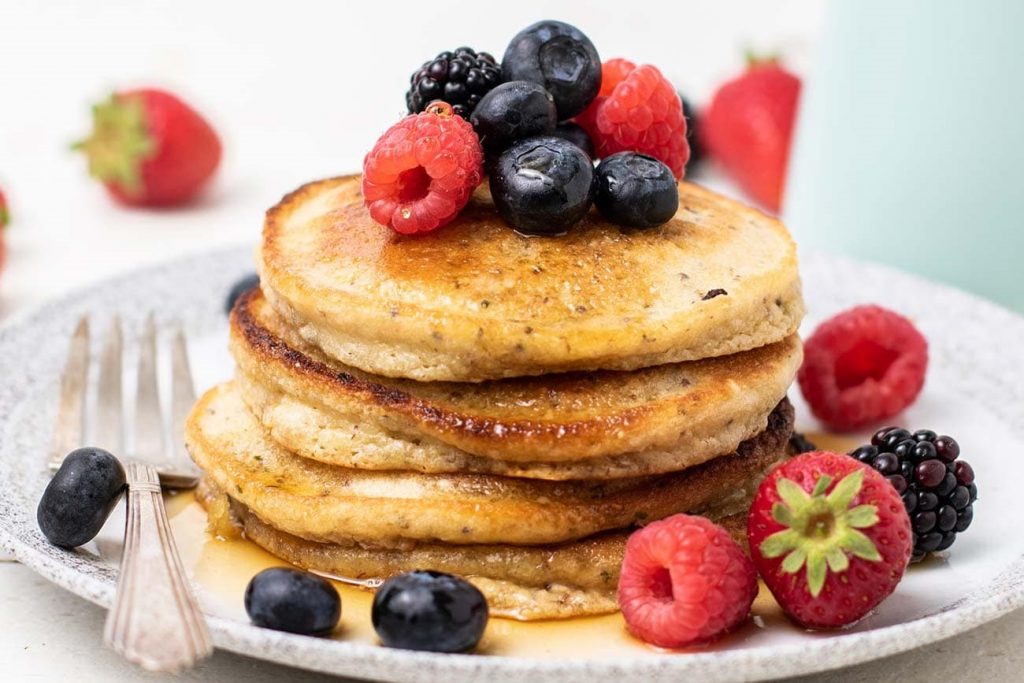
Morning Breakfast: Pancakes made using eggs, almond flour, and coconut milk with fresh berries.
Lunch: BLT salad with bacon, tomatoes, and grilled chicken over romaine lettuce with blue cheese dressing.
Dinner: The cabbage soup with greens, sausage, and melted parmesan.
Keto Diet – Day 2
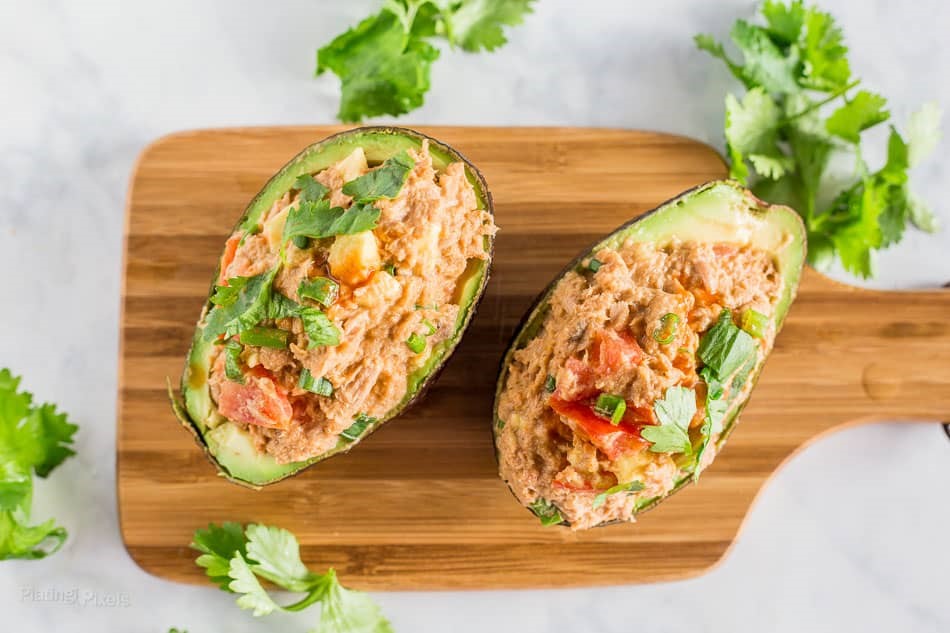
Morning Breakfast: Full-fat coconut yogurt with berries and mixed nuts.
Lunch: An avocado boat and Tuna salad.
Dinner: Chicken parmesan with zucchini noodles and tomato sauce.
Keto Diet – Day 3
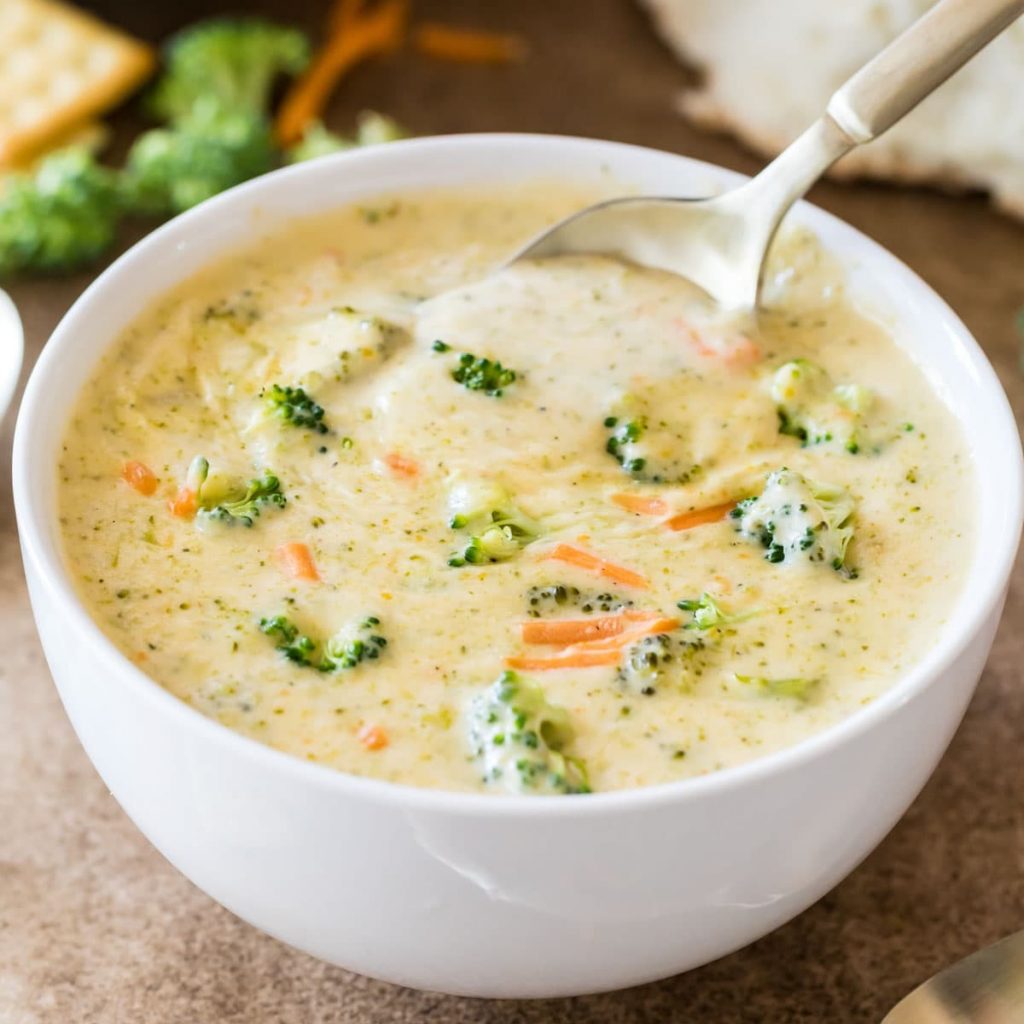
Morning Breakfast: Toasted keto bread with smoked salmon and avocado
Lunch: Taco salad with ground turkey, chopped lettuce, red onions, tomatoes, and (cheese) shredded Monterey jack.
Dinner: The Broccoli-cheese soup.
Keto Diet – Day 4
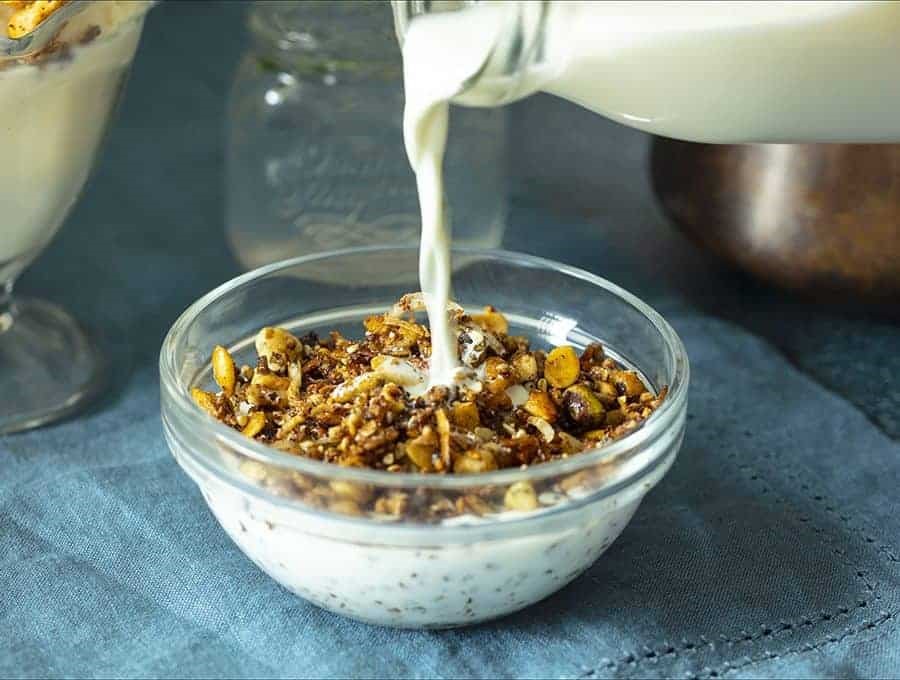
Morning Breakfast: Keto granola along with coconut milk.
Lunch: The Lettuce wrap sandwich with turkey, romaine, tomato, cheese, and mayo.
Dinner: The Spaghetti squash boats along with tomato sauce, shrimp, and melted mozzarella.
Keto Diet – Day 5
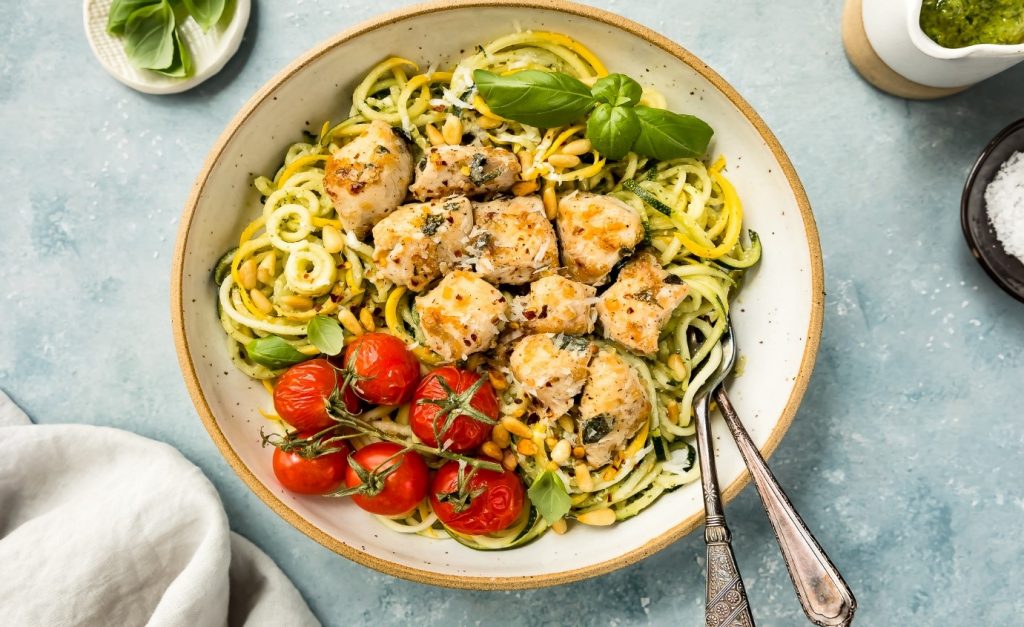
Morning Breakfast: Scrambled eggs along with chives and crème fraiche.
Lunch: Grilled chicken with pesto zucchini noodles.
Dinner: No bun cheeseburgers with bacon and homemade aioli.
Keto Diet – Day 6
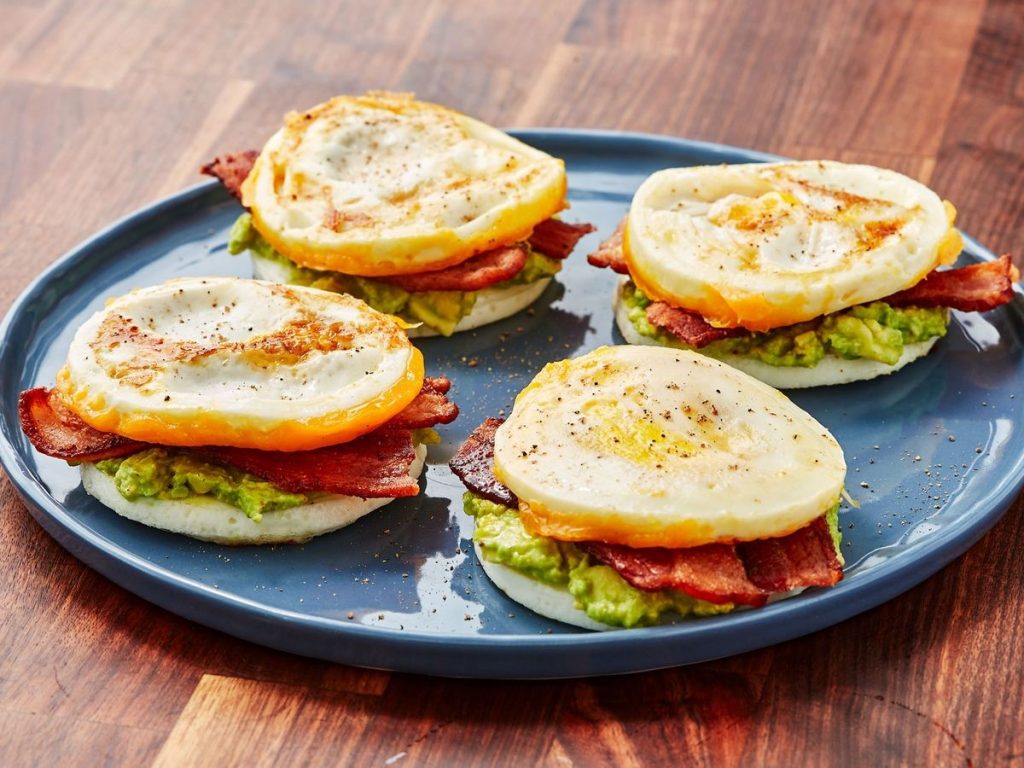
Morning Breakfast: Breakfast sandwich along with bacon, keto bread, avocado, and fried eggs.
Lunch: Cauliflower fried rice with eggs, chicken, and broccoli.
Dinner: Lettuce wraps along with ground pork stir-fried with soy sauce, onions, and sriracha.
Keto Diet – Day 7
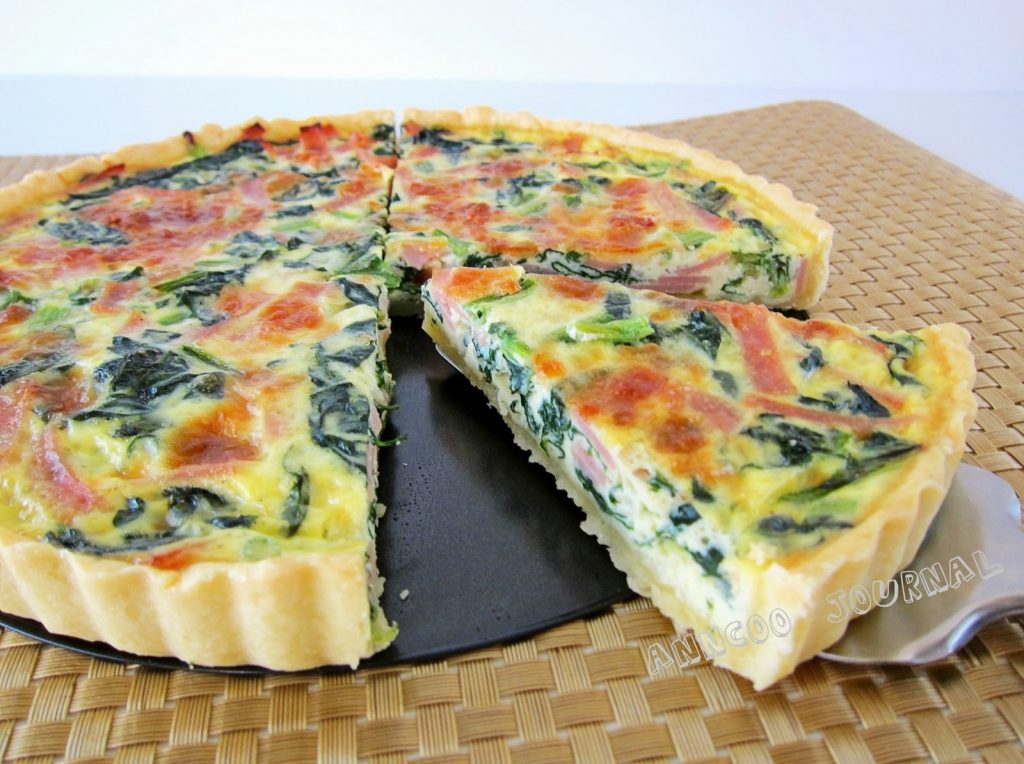
Morning Breakfast: Smoothie with coconut yogurt, frozen strawberries, and coconut milk.
Lunch: Quiche prepared with cheese, ham, and spinach.
Dinner: Zucchini boats full of sausage, Italian-flavored ground beef, and cheese.
Wind Up:
For most people, it’s not easy to decide whether to follow a keto food plan since it bounds carbohydrates. However, in this Keto, net carbs are limited to 20g or less per day during a two-week induction period to ensure ketosis is reached, then modest amounts of net carbs are progressively added back into the diet. Prior to starting any new diet regimen, understand the advantages and disadvantages and see a physician or qualified dietitian. They can evaluate your medical background and nutritional objectives to decide if this diet plan is suitable.

